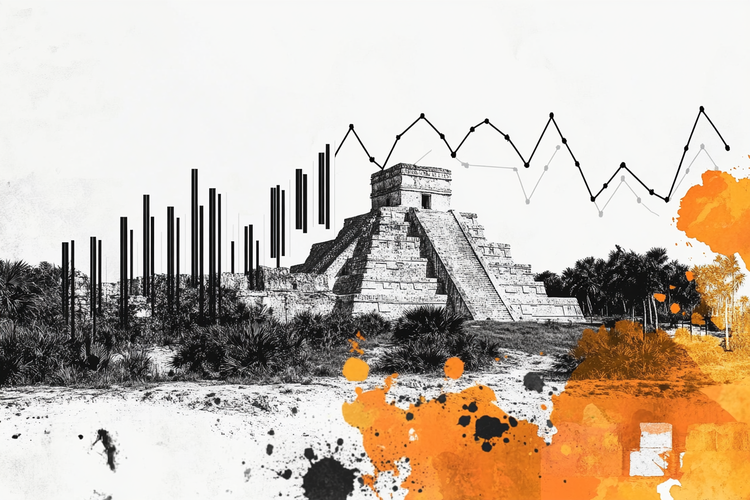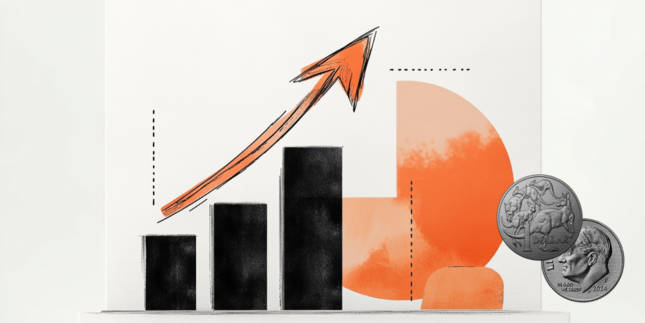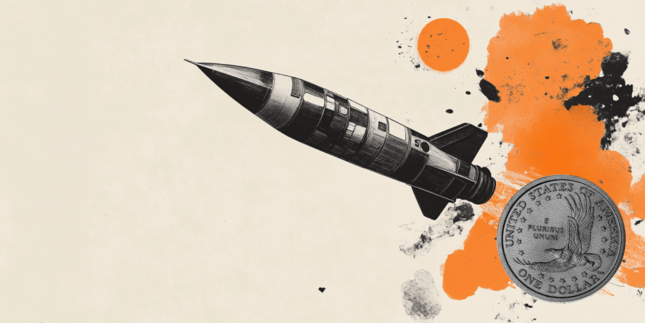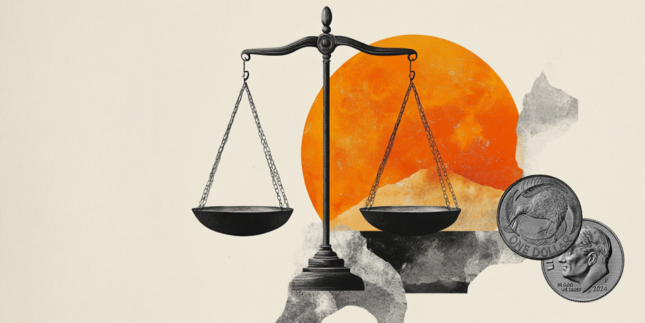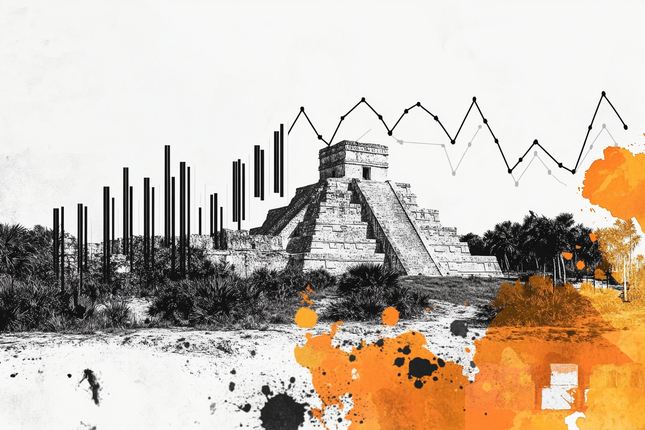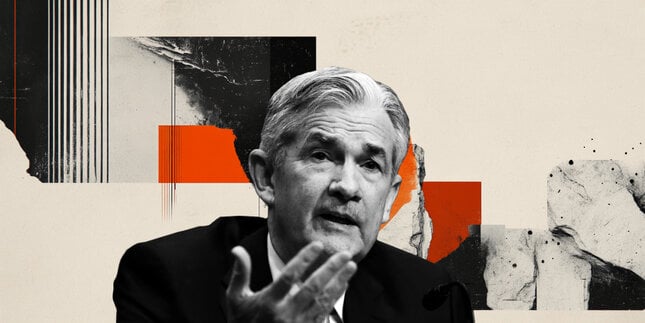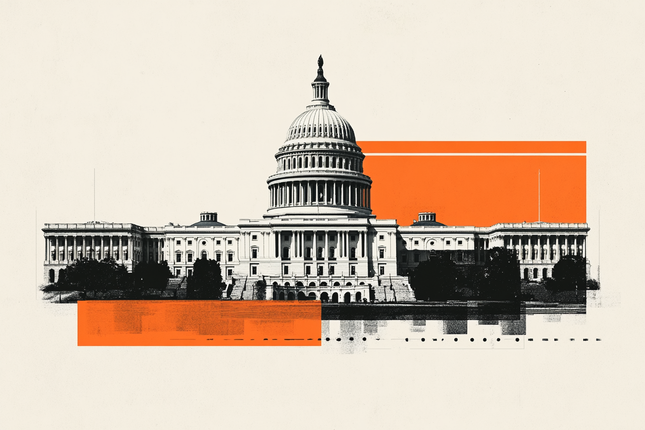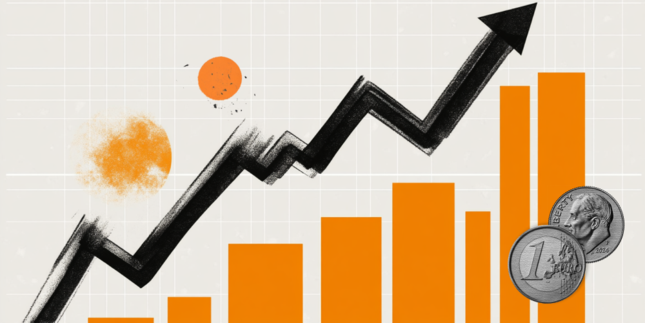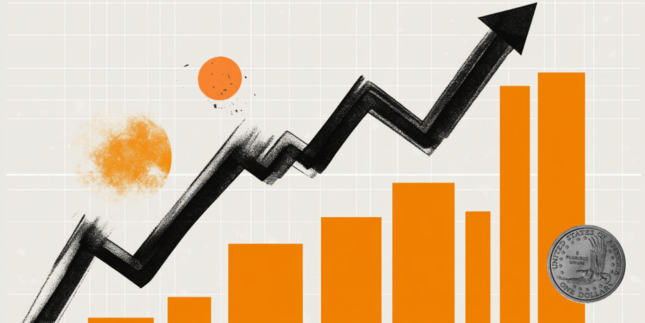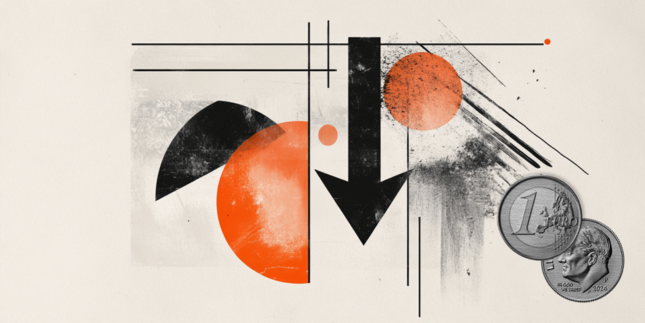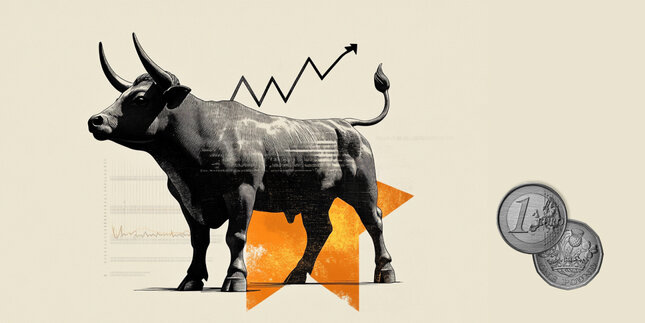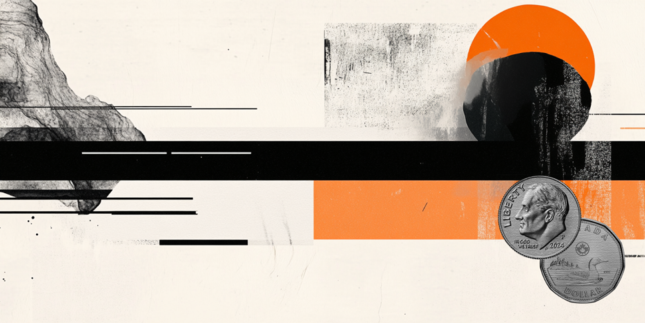Mexican Peso surges after Banxico’s interest rate cut
- Mexican Peso unfazed by Banxico’s interest rate cut.
- Banxico's lowered borrowing costs by 50 bps despite acknowledging inflation risks are tilted to the upside.
- Narrowing interest rate differential with the Fed and gloomy consumer confidence in Mexico could influence future currency trends.
The Mexican Peso (MXN) held to gains against the US Dollar (USD) during the North American session. Banco de Mexico (Banxico) lowered borrowing costs in the first monetary policy decision of 2025. At the time of writing, USD/MXN trades at 20.46, down 0.41%.
Recently, Banxico cut interest rates by 50 basis points (bps) as expected, though the decision was not unanimous as Deputy Governor Jonathan Heath voted for a 25 bps cut.
In its monetary policy statement, Banxico revealed that inflationary risks are skewed to the upside but stated that they’re open to adjusting rates by a similar magnitude as of today. Furthermore, officials added that headline inflation would likely converge to the Central Bank’s 3% target in Q3 2026.
Regarding tariffs, Banxico’s board acknowledged that the Mexican Peso depreciated significantly and reverted once the US and Mexico agreed to pause tariffs.
Therefore, the interest rate differential between Banxico and the Federal Reserve (Fed) narrowed from 5.50% to just 5%. Additionally, private economists estimate that the Mexican Central Bank would lower interest rates to 8.50%, while the Fed is projected to stay on hold as officials assess US President Donald Trump's trade policies.
Data-wise, Mexico’s Consumer Confidence deteriorated for the third consecutive month as consumers became pessimistic about the economic outlook for one year. Across the north of the border, the number of Americans filing unemployment claims increased above estimates and the previous week’s numbers.
Daily digest market movers: Mexican Peso shrugs off US Dollar strength and climbs
- Banxico’s reasons to cut rates are driven by January’s mid-month inflation, which came in at 3.69% YoY, its lowest level since 2021, after hitting a two-decade high above 8% in 2022. Furthermore, the Gross Domestic Product (GDP) for Q4 2024 contracted -0.6% QoQ, the first quarterly contraction in more than three years.
- INEGI revealed that Mexico’s Consumer Confidence in January fell from 47 to 46.7. The poll showed that Mexicans are more pessimistic about the current economic situation and its prospects for the next 12 months.
- US Initial Jobless Claims missed the mark for the week ending February 1. The number of Americans filing for unemployment benefits rose by 219K, up from 208K the previous week and exceeded forecasts of 213K.
- Trade disputes between the US and Mexico remain in the boiler room. Although countries found common ground, USD/MXN traders should know that there is a 30-day pause and that tensions could arise throughout the end of February.
- Money market fed funds rate futures are pricing in 47.5 basis points (bps) of easing by the Federal Reserve in 2025.
USD/MXN technical outlook: Mexican Peso strengthens as USD/MXN tumbles below 20.50
The USD/MXN’s pair uptrend remains in place despite the ongoing pullback. Buyers seem to be leaning into the 50-day Simple Moving Average (SMA) at 20.41, which found support, keeping the pair from testing key support levels.
In the short term, momentum turned bearish, as depicted by the Relative Strength Index (RSI). If USD/MXN tumbles below the 50-day SMA, sellers could challenge the 100-day SMA at 20.22. Once cleared, further downside is seen, and the pair could challenge 20.00.
Conversely, and the most likely scenario, if USD/MXN rises above 20.50, look for a test of the January 17 daily peak at 20.90 before testing 21.00 and the year-to-date (YTD) high at 21.29.
Banxico FAQs
The Bank of Mexico, also known as Banxico, is the country’s central bank. Its mission is to preserve the value of Mexico’s currency, the Mexican Peso (MXN), and to set the monetary policy. To this end, its main objective is to maintain low and stable inflation within target levels – at or close to its target of 3%, the midpoint in a tolerance band of between 2% and 4%.
The main tool of the Banxico to guide monetary policy is by setting interest rates. When inflation is above target, the bank will attempt to tame it by raising rates, making it more expensive for households and businesses to borrow money and thus cooling the economy. Higher interest rates are generally positive for the Mexican Peso (MXN) as they lead to higher yields, making the country a more attractive place for investors. On the contrary, lower interest rates tend to weaken MXN. The rate differential with the USD, or how the Banxico is expected to set interest rates compared with the US Federal Reserve (Fed), is a key factor.
Banxico meets eight times a year, and its monetary policy is greatly influenced by decisions of the US Federal Reserve (Fed). Therefore, the central bank’s decision-making committee usually gathers a week after the Fed. In doing so, Banxico reacts and sometimes anticipates monetary policy measures set by the Federal Reserve. For example, after the Covid-19 pandemic, before the Fed raised rates, Banxico did it first in an attempt to diminish the chances of a substantial depreciation of the Mexican Peso (MXN) and to prevent capital outflows that could destabilize the country.
Forex News
Keep up with the financial markets, know what's happening and what is affecting the markets with our latest market updates. Analyze market movers, trends and build your trading strategies accordingly.
